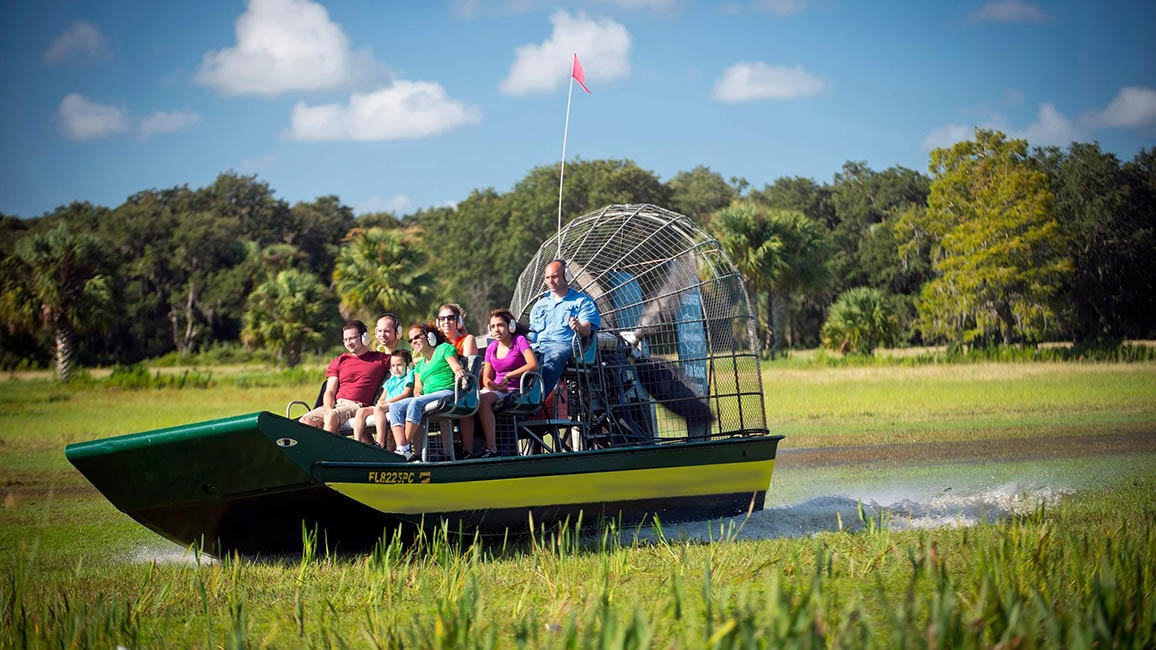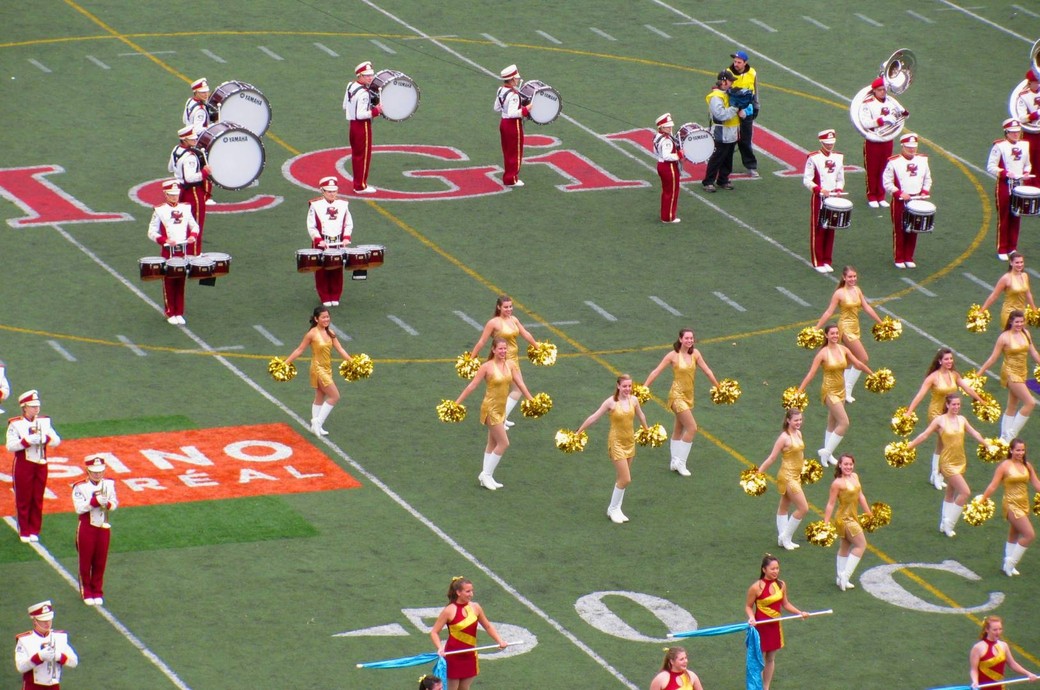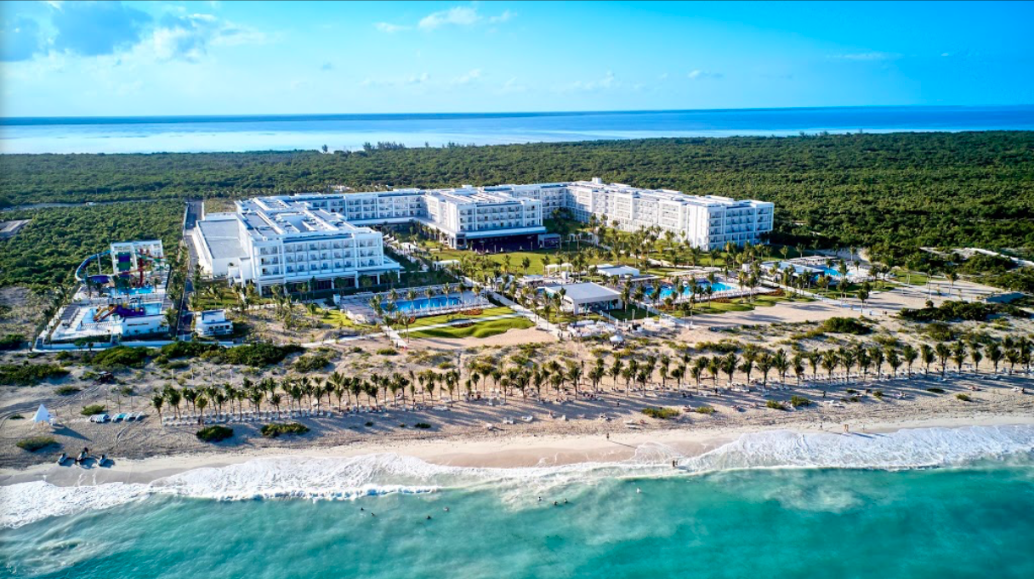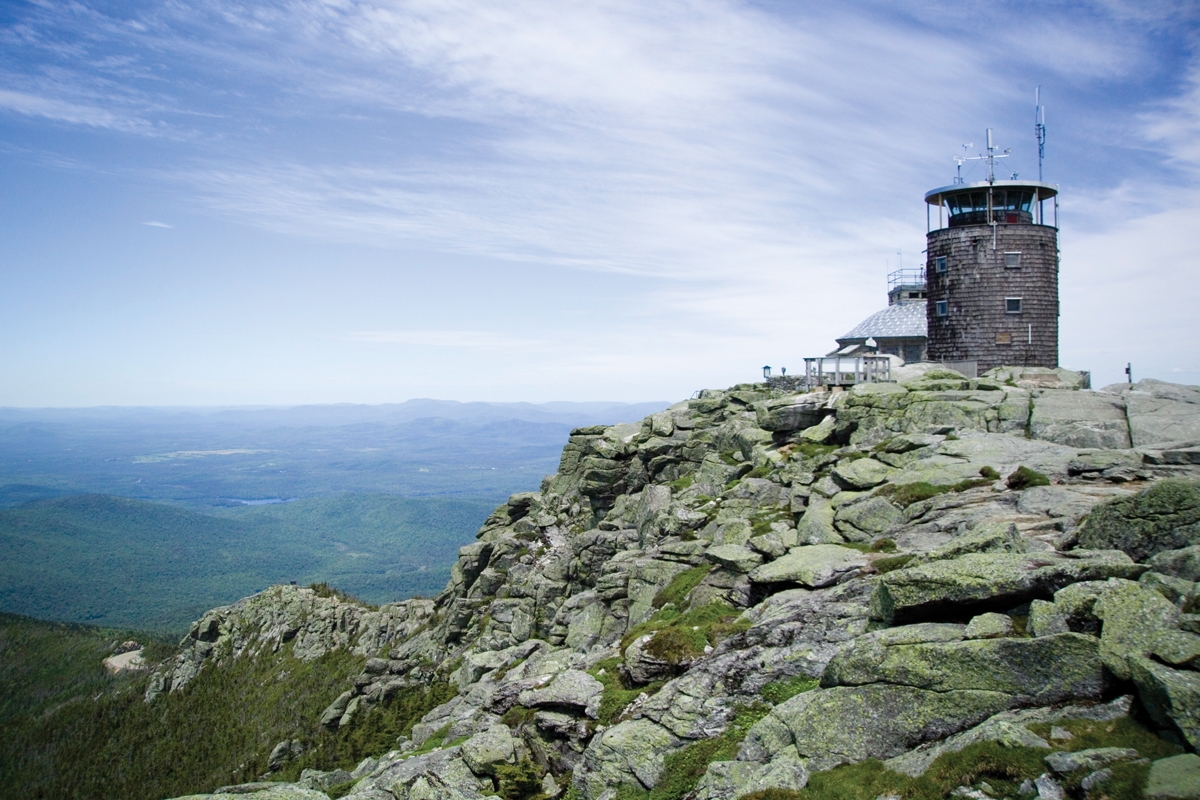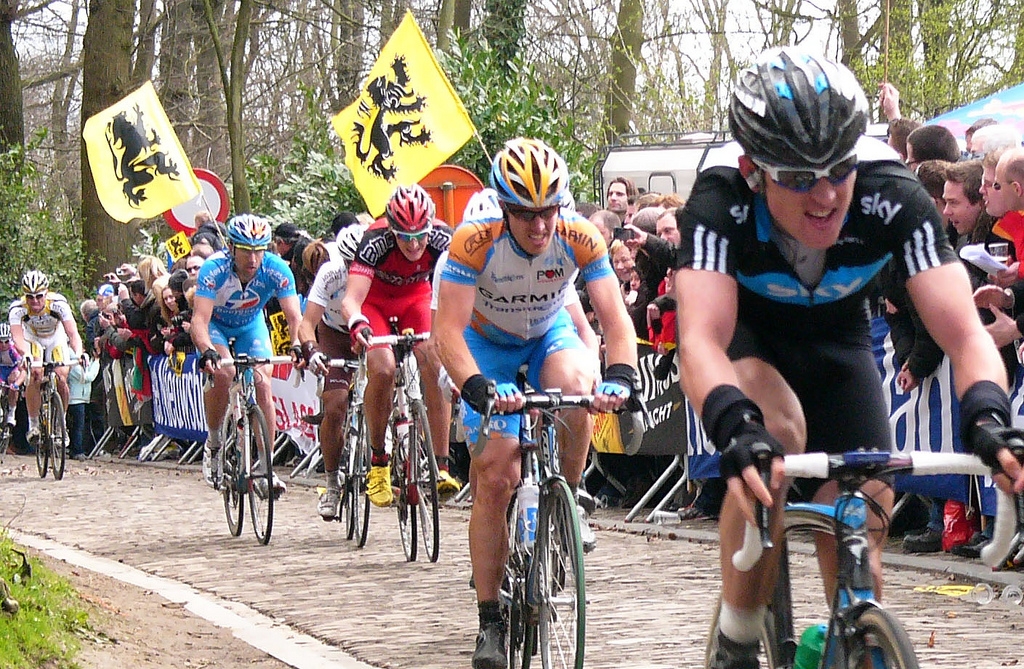
Belgium — the heartland of cycling
Photo credit: Louise Ireland via flickr
Cycling is to Belgium what Hockey is to Canada. The sport is never too far from its country when brought up in conversation. Everyone knows that Canadians love hockey—in the same way, Belgians love cycling.
While Canadians lace up their skates and take to the ice, Belgians hop on their bicycles and take to the trails. Cycling is a popular activity nationwide, with Belgians participating in all forms of the sport: road cycling, cyclo-cross, BMX, mountain biking and more. They established the Royal Belgian Cycling League in 1882, and Belgium is a founding member of the International Cycling Association.
The country is home to a wide variety of races, a huge draw for cyclists from all over the world. In April, Belgium will host two of their most famous bicycle races—the Tour of Flanders, and the Liège-Bastogne-Liège.
The 103rd Tour of Flanders (“Ronde van Vlaanderen,” or simply “de Ronde”) kicks off on Sunday, April the 7th. Notorious for its winding paths and narrow hills, this race is an audience favourite due to its long and nerve-wracking course. The men’s route starts in Antwerp and finishes in Oudenaarde, a 267-km trail of hills and winding paths alike. Riders will pass through seven Belgium villages along the way: Sint-Niklaas, Hamme-Zogge, Berlare, Aalst, Erpe-Mere, Herzele and Zottegem. The women’s route is 157 km long and just as tricky as they hit the same final stretch as the men do.

To win the Tour of Flanders cyclists need a perfect blend of tactics, strength, and a dash of luck. Some favourites might fall behind early in the race because of a crash or puncture, often unable to return to the front of the race. The hills are narrow. The climbs are steep. The large clump of riders is often forced to break up into smaller groups or form a long line, and stronger riders must continually fight for space at the front of the pack.
As all the riders wind their way through the last village, they will face the formidable finale that stands between them and Oudenaarde. The six consecutive cobbled hills amount to 45 km of climbing as they ascend towards the finish line, where crowds wait eagerly to see who will emerge victorious. No rider has ever won more than three times, proving that nothing is ever predictable in this race.
The next major race in April will be the 105th Liège-Bastogne-Liège (also known as “La Doyenne” or “the Old Lady”). On April 28th, riders will start the course at Liège, cycle to Bastogne, and finish at—you guessed it—Liège. Like the Tour of Flanders, the women’s course is shorter, but just as difficult.
The route features the iconic Côte de La Redoute, a 2.1-km climb located 40 km from the finish line. This hill is one of eleven along this year’s course, making the Liège-Bastogne-Liège one of the most physically demanding cycling races in Belgium. The climbs are long and steep, coming up in quicker succession as the race progresses.
Four-time winner Moreno Argentin of Italy says that the key to winning is a superior level of stamina. He was first back at Liège in 1985, ’86, ’87, and ’91. To Moreno, Liège is a race of trial by elimination. “You need to be strong, and at the same time clever and calculating — in this sense, it's a complete test of a cyclist's ability.”
This April, riders from all over the world will gather at Liège to compete, many returning from last year’s race. Among them will be local legend Michael Woods, who took home second place in the Liège-Bastogne-Liège last year. The Toronto-born racing cyclist has competed in races all over the world, including the Amstel Gold Race in the Netherlands, La Flèche Wallonne in Belgium, and Grand Prix Cycliste races in both Québec and Montréal. This year, Woods tackles Liège-Bastogne-Liège for the third time, racing to take Bob Jungles’ current spot as Liège champion.

